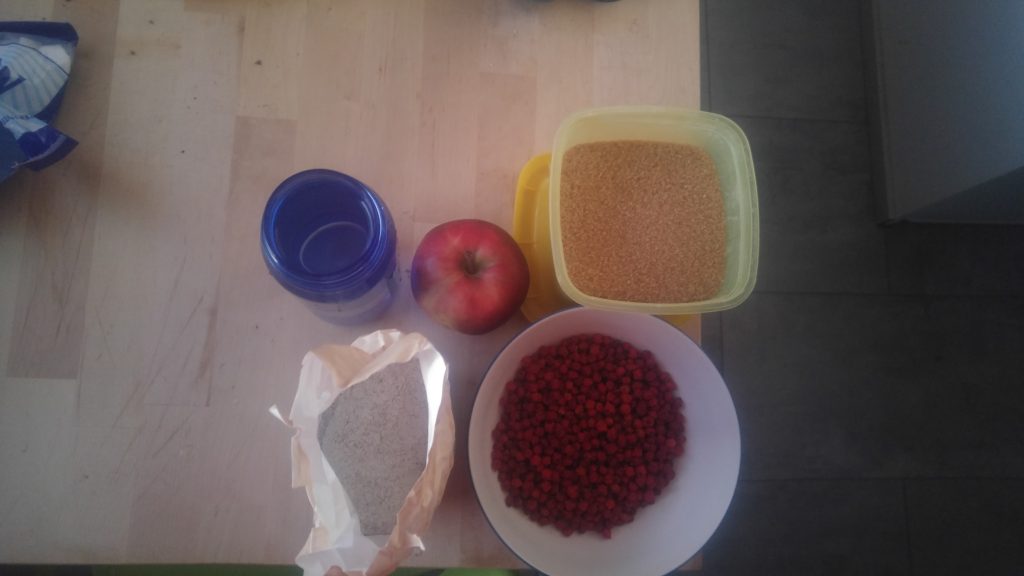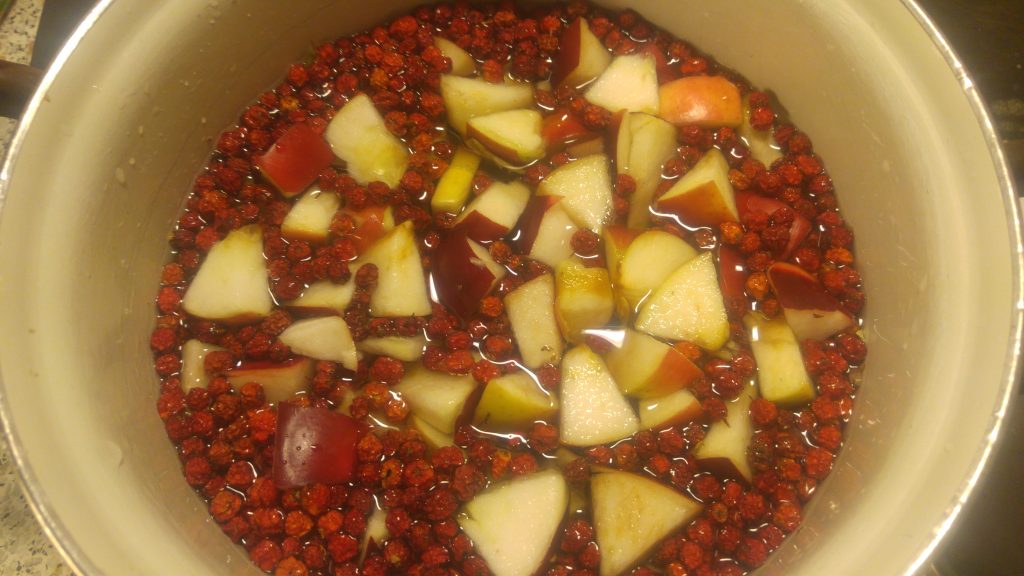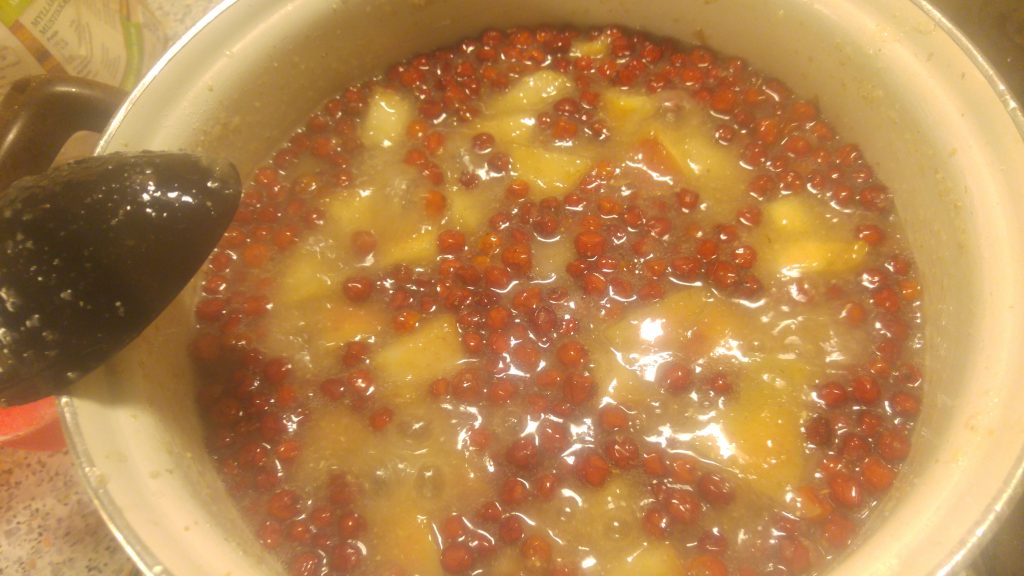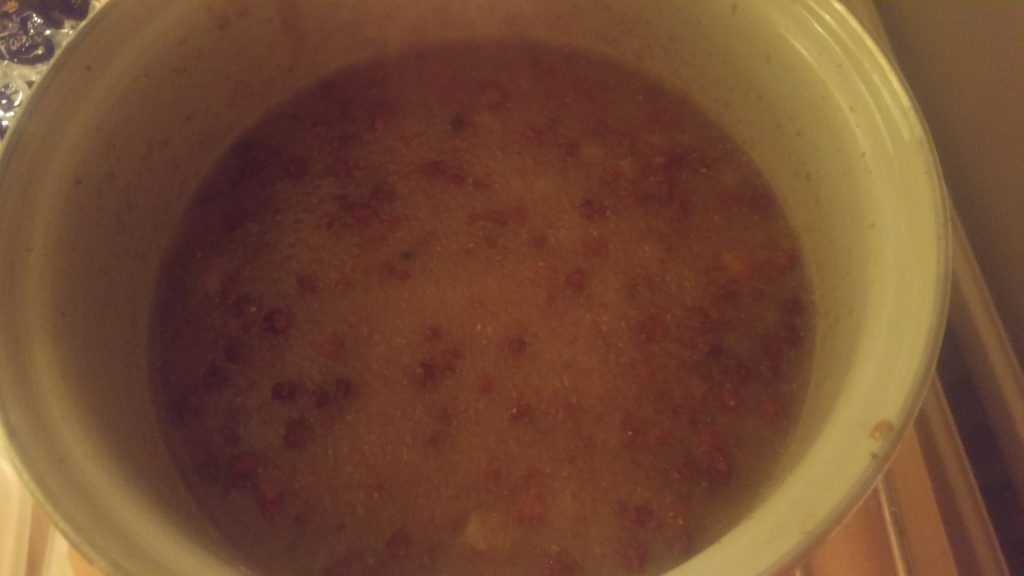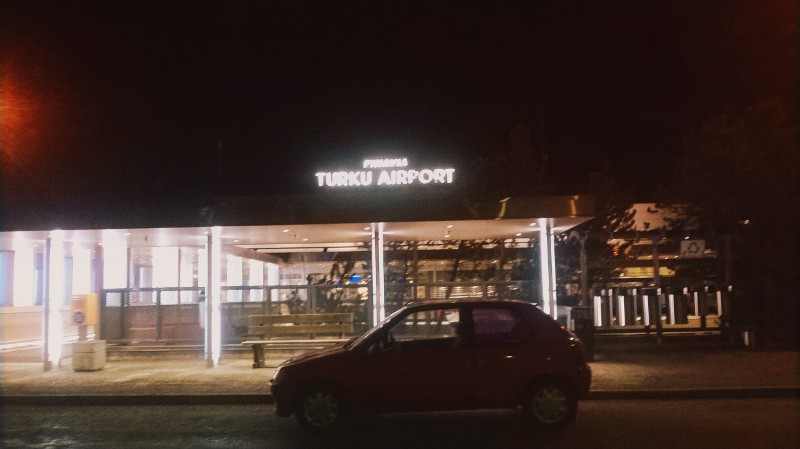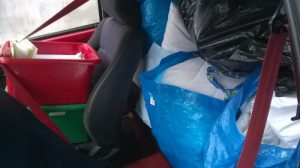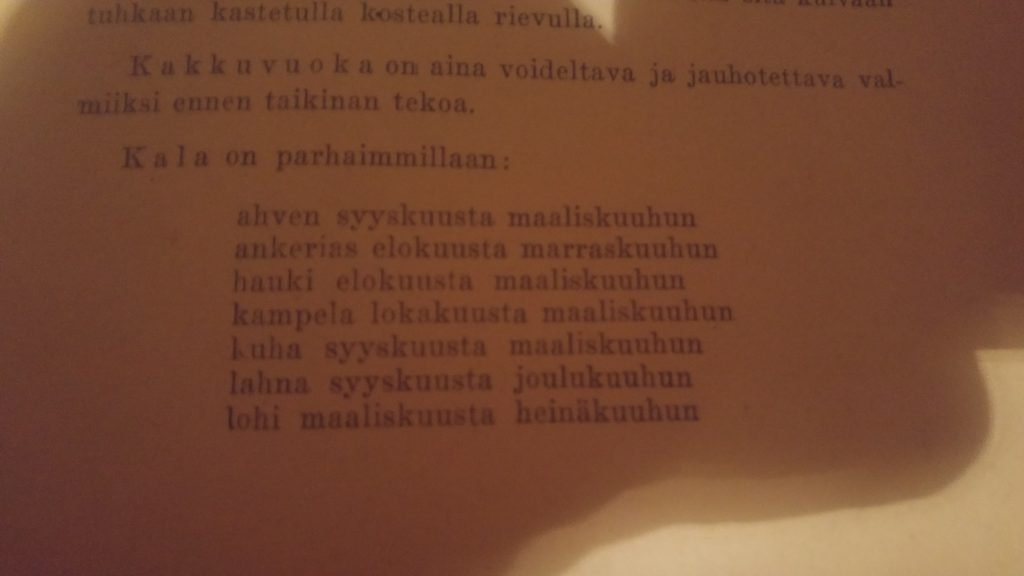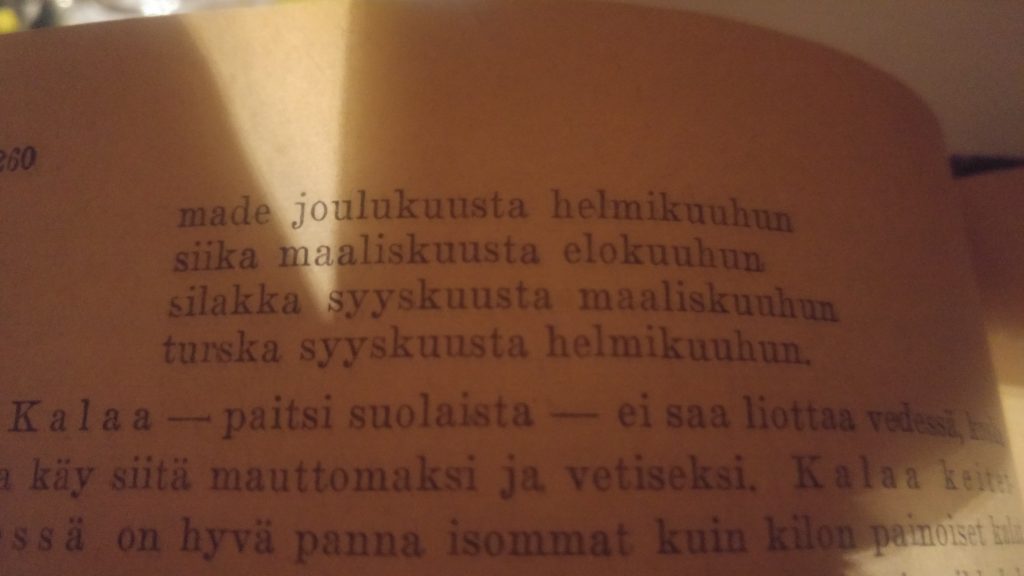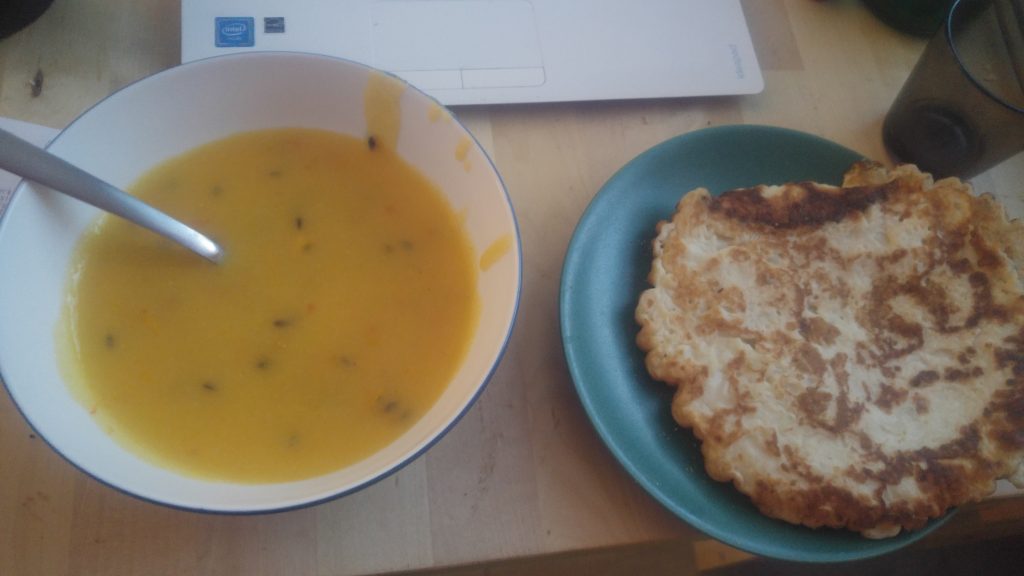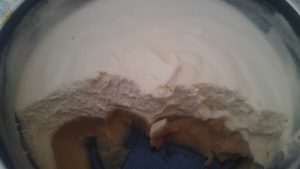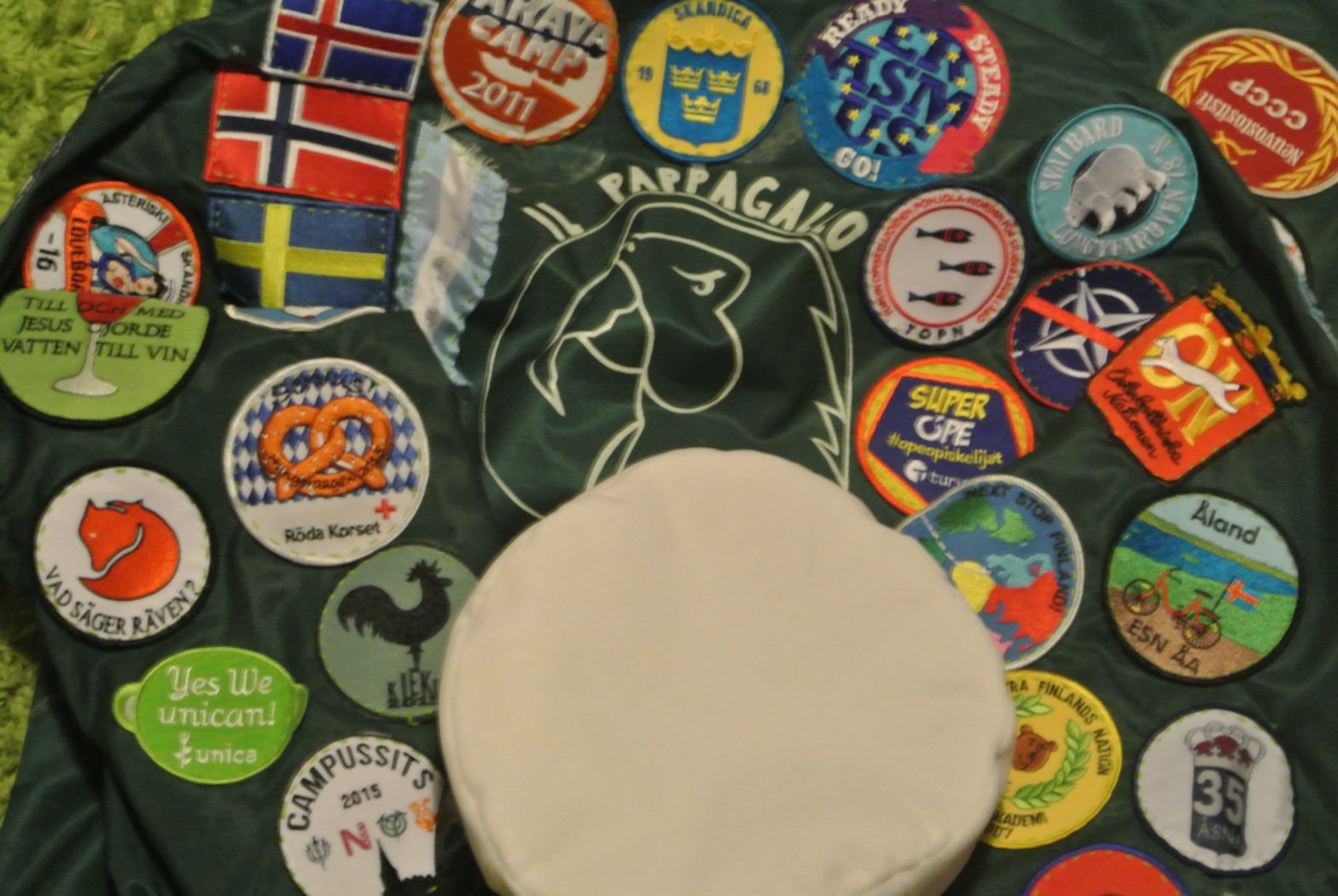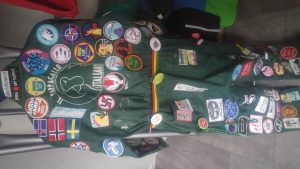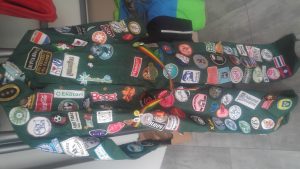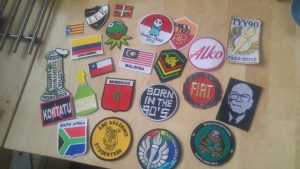Jörn Donner è senza dubbio uno dei personaggi culturali più importanti della storia contemporanea finlandese. Tra i lettori e le lettrici di questo blog penso che ci siano tanti coloro che conoscono chi era Donner, morto circa un mese e mezzo fa.
Ho deciso di commemorare “il Jörn” traducendo dallo svedese all’italiano dei tratti interessanti derivanti dal suo libro Nya Boken om Vårt Land (it. Il nuovo libro sul nostro paese), uscito nel 1967. Il libro è un viaggio attraverso la Finlandia in cinque “tentative”. È un elogio alla Finlandia cinquantenne e il titolo del libro riferisce al libro di un altro grande scrittore finlandese, Zacharias Topelius, Boken om Vårt Land (it. Il libro sul nostro paese, fi. Maamme-kirja).
Scrive così Jörn Donner sul caffè nel suo famoso libro Nya Boken om Vårt Land (1967), il quale inneggia la Finlandia cinquantenne:
“Il contributo per il carattere nazionale
In Finlandia si beve il caffè.
Beviamo 38 milioni di chili di caffè ogni anno. Caffè da Brasile, Colombia, Guatemala e Costa Rica. Caffè da Kenya, Uganda e Etiopia.
Bere il caffè appartiene a tutte le classi sociali. Visito una famiglia alle 8 di sera. A quell’ora il caffè va servito. Abbiamo fatto la cena alle 6. Tutto è pronto nel salotto. Dei biscotti, delle torte e della pulla sul tavolo. La padrona di casa dice che non se l’aspettavano che arrivassero degli ospiti e quindi non c’è quasi niente da mangiare. Poi porta più delle paste.
Dopo un’ attimo arriva con la caffettiera. Ci sono delle case dove il pasto va servito dopo il caffè. Il pasto va accompagnato con il latte, a volte con la birra e un digestivo.
Non ho viaggiato attraverso la Finlandia. Ho attraversato la Finlandia dissetandomi con il caffè, costoso, privo di profumo e senza sapore, servito a qualsiasi ora del giorno. I finlandesi sono in vetta alla classifica se guardiamo le statistiche sul consumo del caffè al livello mondiale. In passato i governi cercarono di manipolare il prezzo del caffè. Ormai il caffè costa semplicemente molto. Tutti lo bevono lo stesso.
Alcuni mettono ancora la cicoria nel caffè. Mi ricordo con affetto quelle miscele di caffè strane durante la guerra, e la sensazione dell’ebbrezza dopo aver bevuto il caffè vero e proprio. Chase & Sanborn in scatole blú. Sono di più coloro che bevono il caffè americano…
… È possibile trovare dei bar dove servono anche l’espresso.
La prima cosa che faccio dopo aver messo il piede sul suolo italiano è di prendere un caffè.
Le feste finlandesi possono cominciare con l’alcool, per poi proseguire con il caffè e chiudendo alla fine con il pasto. Comunque il modo più comune di servire il caffè è servirlo insieme con qualcosa di dolce. La pulla va servita insieme con il caffè anche nelle case più povere. Nelle riunioni del governo va servito a volte solo il caffè. Qualche anno fa un ministro proibì il servizio dell’alcool nelle sue riunioni.
Tanti benzinai ormai hanno un bar, dove i jukebox e le slot machine fanno parte dell’arredamento. Il fruscio dei giornali e le conversazioni sui copricerchi interrompono il silenzio.
In campagna succede spesso che un contadino ci si mette a sedere per bere un caffè insieme con i suoi ospiti mentre la padrona di casa prepara da mangiare. Quando pongo una domanda se lei non vuole partecipare alla seduta, lei mi risponde che ha già preso un caffè. Dei comportamenti simili ho visto anche tra donne più giovani.
Un buon caffè è possibile avere anche in campagna. Un caffè dopo aver pescato in pioggia, accompagnato con un po’ di cognac oppure qualche superalcoolico. Un caffè che va preparato nella natura. Un caffè come uno stimolo contro la stanchezza e la noia.
Il tè diventa più popolare, ma sicuramente non batterà mai il caffè.”
(Liberamente tradotto da sottoscritto)
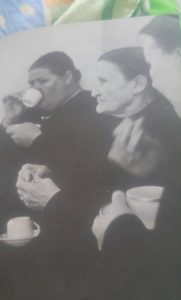
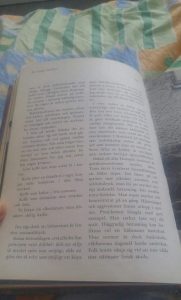
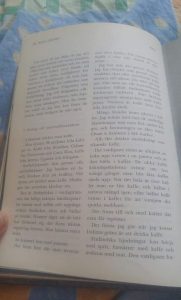
– Pekka
